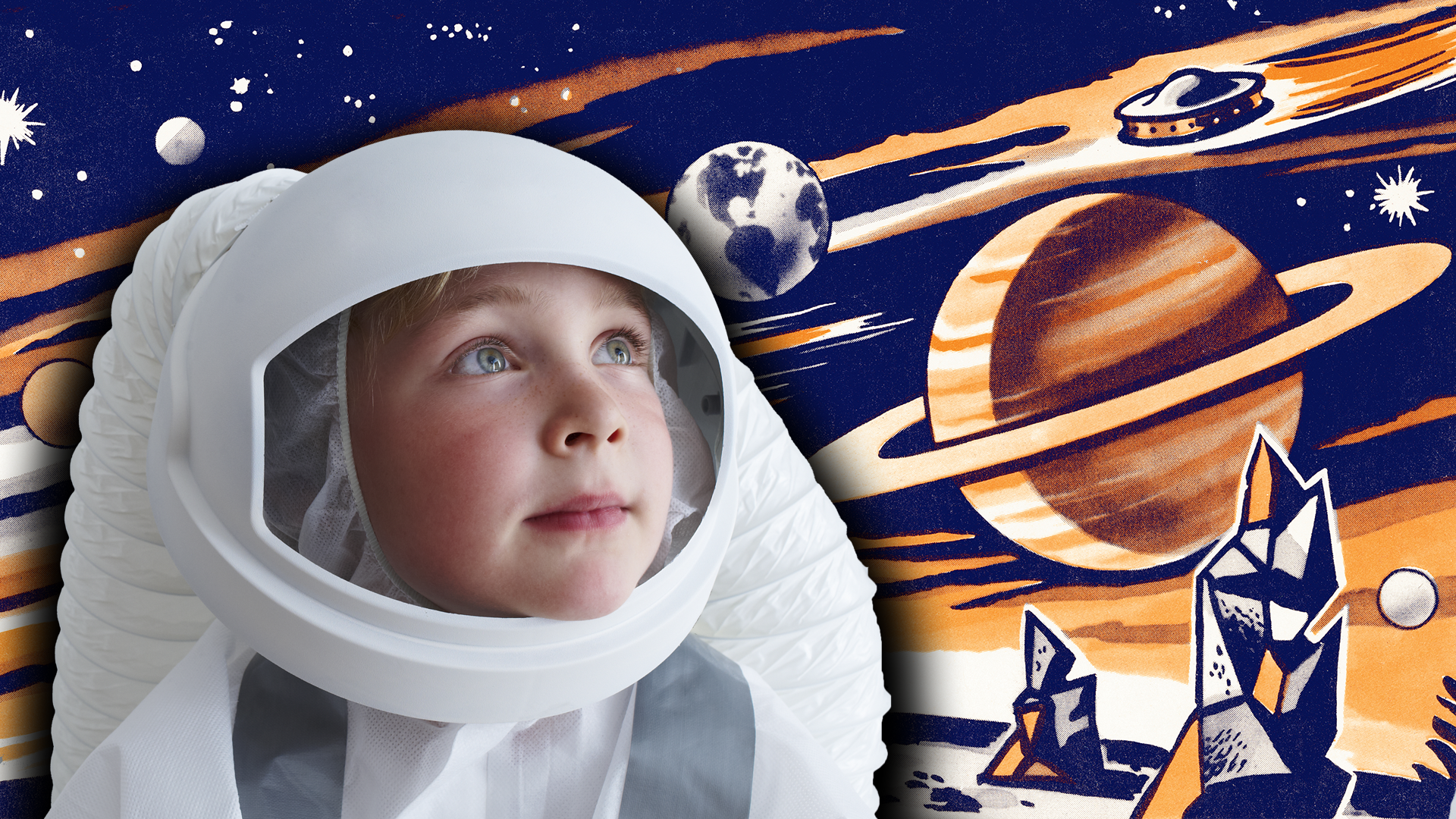Nasa Artemis: Newsround's guide to the next Moon missions
- Published
- comments
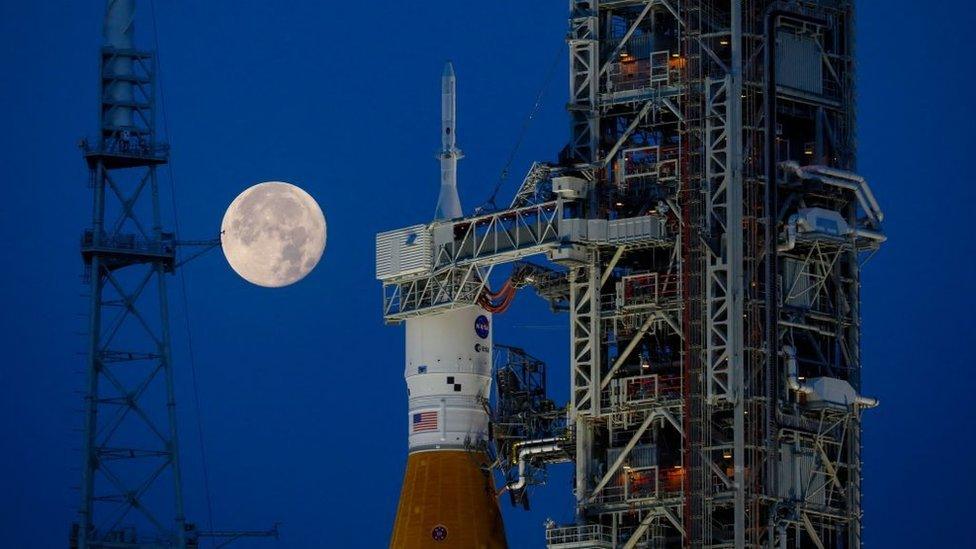
Artemis I is set to launch from Florida's famous Kennedy Space Center but the date has been pushed back twice because of engine leaks
Nasa is preparing to launch its giant Moon rocket, Artemis, from the Kennedy Space Center in Florida.
The mission is not crewed but the launch is part of the US space agency's wider project to send humans to the Moon for the first time in 50 years.
The programme is expected to cost £22 billion and begins with the Artemis 1 mission.
It will be the first in a series of a three-part series of increasingly complex missions aimed at putting a man and a woman on the Moon before the end of 2025.
If successful, experts also want the programme to help build a long-term human base on the Moon for years to come.
The launch has been delayed twice due to engine leaks and the date of launch may be several weeks away now as more checks are carried out.
But what is Nasa's Moon mission all about? Keep reading to find out everything you need to know.
Are you excited for Nasa's plans to get humans on the Moon again? Would you like to go to space one day? Let us know in the comments below!
What is Artemis 1?
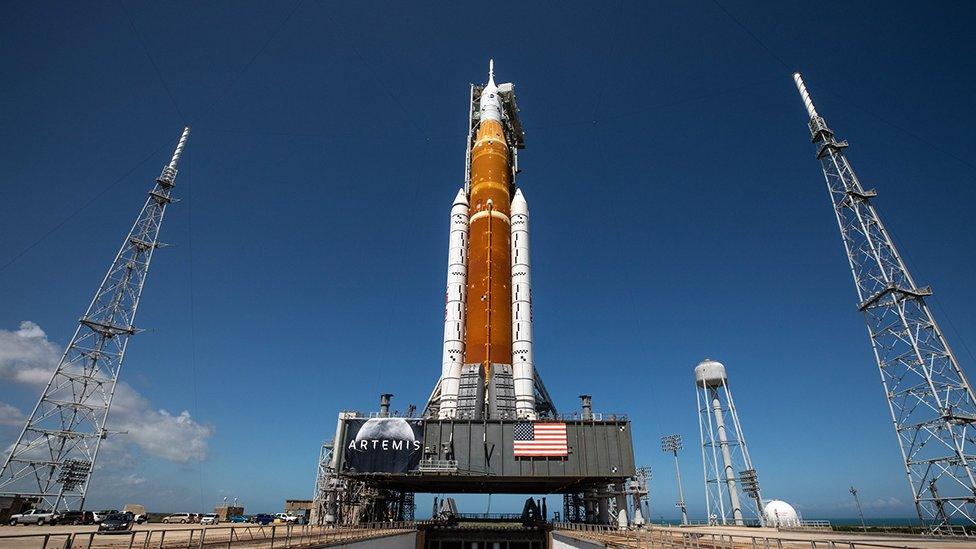
The Space Launch System - or SLS - is Nasa's most powerful ever rocket!
Nasa plans to eventually send astronauts to the moon in a capsule called Orion, which will launch on a powerful, giant new rocket called SLS.
The Space Launch System - or SLS - is designed to be able to send enough cargo to the Moon that astronauts will be able to stay there for longer periods.
After successfully completing a series of tests by engineers, SLS has now been moved to a launch pad at Nasa's famous Kennedy Space Center in Florida on the east coast of America to prepare for its first flight, which is scheduled to take-off later this month on 29 August.
This mission, called Artemis 1, will send the Orion spacecraft on a loop around the Moon on an unmanned trip, meaning no humans will be on board.
The spacecraft will perform a flyby of the Moon, using its gravity to gain speed and propel itself almost 500,000 km away from Earth!
On its return journey, Orion will do another flyby of the Moon before heading back to Earth.
The Artemis I mission will last from around 25 to 40 days depending on how many orbits of the Moon experts decide to carry out.
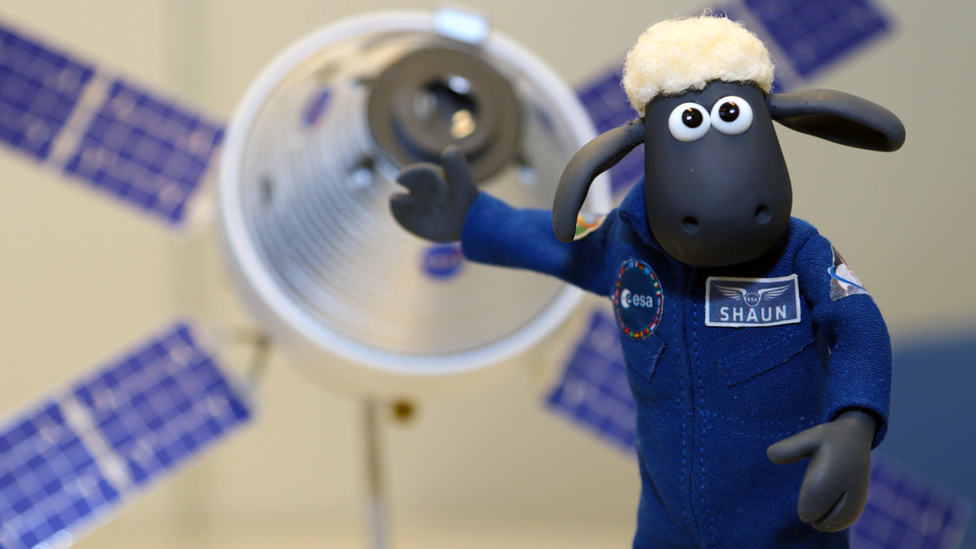
Shaun the Sheep will be joining Nasa's moon mission and going into space on Artemis 1!
This mission is not carrying a human crew but will instead be controlled from the ground by experts.
But that doesn't mean nothing will be on it.
Nasa recently announced a list of items that will be on board Artemis 1 - including a piece of rock from the moon, a space mannequin and CBBC's Shaun the Sheep!
What is Artemis 2?
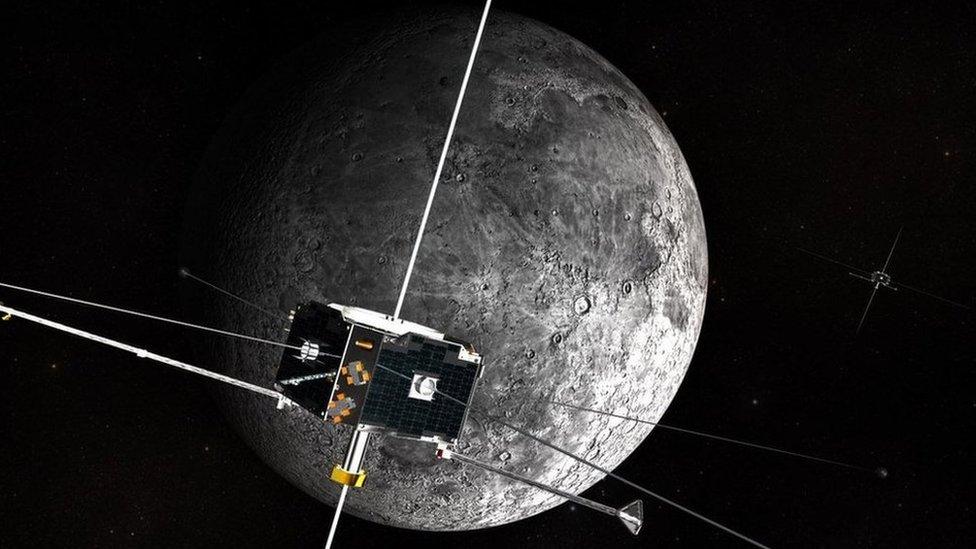
An artist's impression of how Nasa's spacecraft might look in orbit around the Moon
Artemis II is the second scheduled mission of Nasa's Artemis program, and the first one that will have people on board.
It is scheduled to launch in May 2024 and will see the spacecraft complete a slightly different flight path than that of Artemis I, taking humans further than they've ever been before in space.
The four-person crew will be launched into space by the SLS rocket, before flying the Orion module just over 5500 miles beyond the Moon, completing a lunar flyby and returning back to Earth.
The mission will take between eight to ten days to complete and will collect important flight test data and see how ready the Artemis program is to send people to the Moon's surface.
What is Artemis 3?
WATCH: Moon landing - What are conditions like on the Moon?
Artemis 3 is set to be the first crewed Moon landing mission since Apollo 17 in 1972.
It's also scheduled to see the first woman and first non-white astronaut to the Moon.
It's expected that up to four astronauts will take-off and remain in space for 30 days. NASA then plans to take two of those people and land them on the Moon's South Pole, a region previously unvisited by humans.
The two astronauts are expected to spend around a week exploring the surface and perform a variety of scientific studies, including sampling its water ice.
The remaining astronauts will stay on board Orion.
Have there been issues with the Artemis launch?
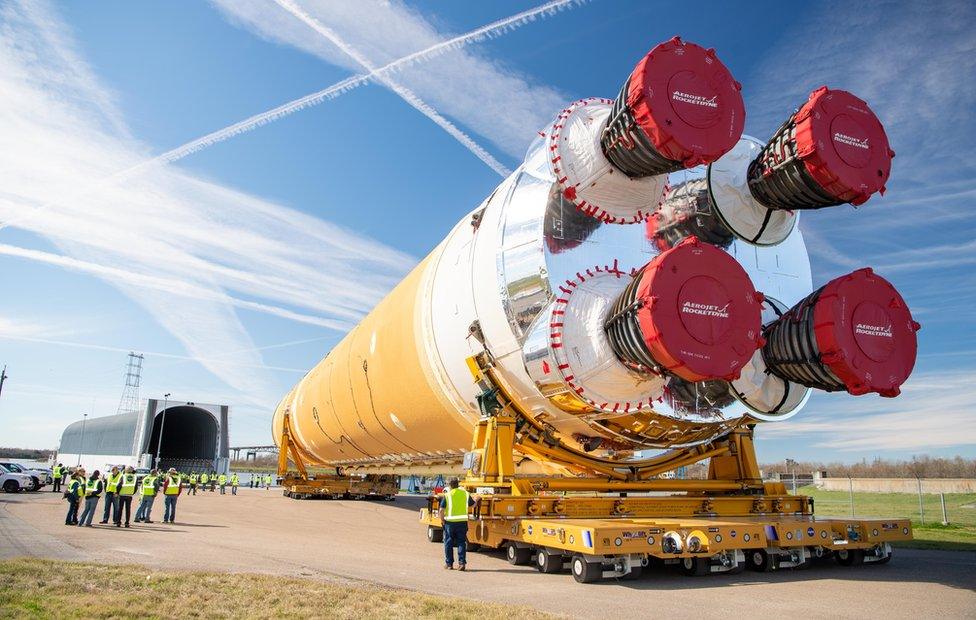
The SLS rocket stands at 98 meters tall and will create around 8.8 MILLION pounds of thrust when it takes off from the launchpad for the first time!
Nasa had initially outlined plans to return to the Moon by 2024, however they confirmed in November 2021 that its Artemis 3 mission to see humans returning to the Moon will likely be delayed until 2025 due to various issues.
Nasa said that the coronavirus pandemic had contributed towards the delay, as well as a lack of funding from Congress - whose job it is in the US to award public money to organisations like Nasa.
In addition, Nasa was also forced to cancel an important test of its giant Space Launch System (SLS) rocket earlier this year because of safety issues which further delayed the timetable for the launch of the Artemis I mission.

The SLS Rocket is consisted of many different parts
Are Nasa designing a new spacesuit for Artemis astronauts?
Nasa says it needs to upgrade their space suits - known officially as Extravehicular Mobility Units - for the Artemis mission.
It is the first new spacesuit Nasa has developed in 40 years and is quite different from the ones astronauts have been using until now.
That's because what astronauts need for a moonwalk is very different to what they need inside a spacecraft, for example the International Space Station.
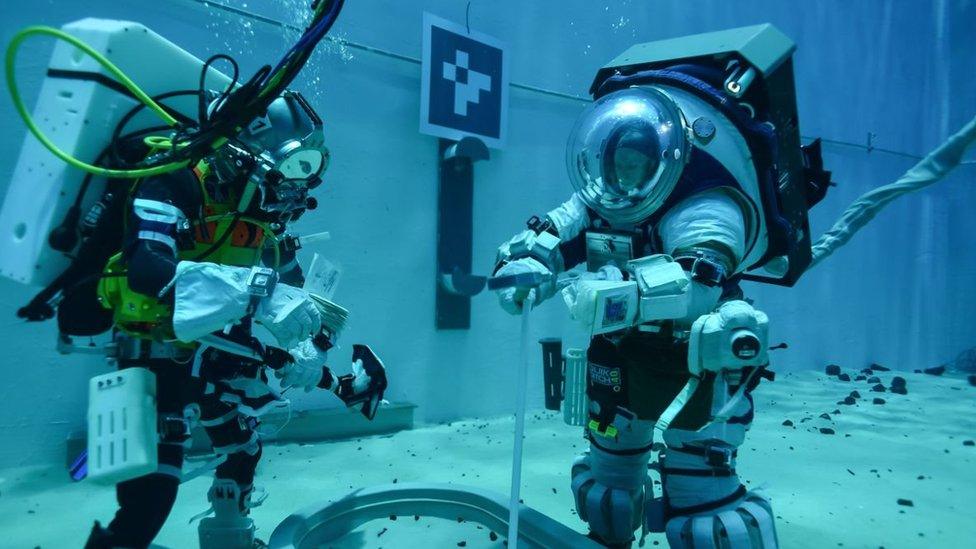
Nasa have been testing their new spacesuits underwater
Each new suit will be 3D-mapped to an individual astronaut to make them fit as closely as possible and allow for greater movement and flexibility.
There are expected to be two different suits produced - one for wearing during take-off and while in space, and a second to be worn on the lunar surface itself.
However, there have also been problems developing high-tech the space suit which could hold-up plans for US astronauts to get to the Moon.
When have we previously gone to the Moon?
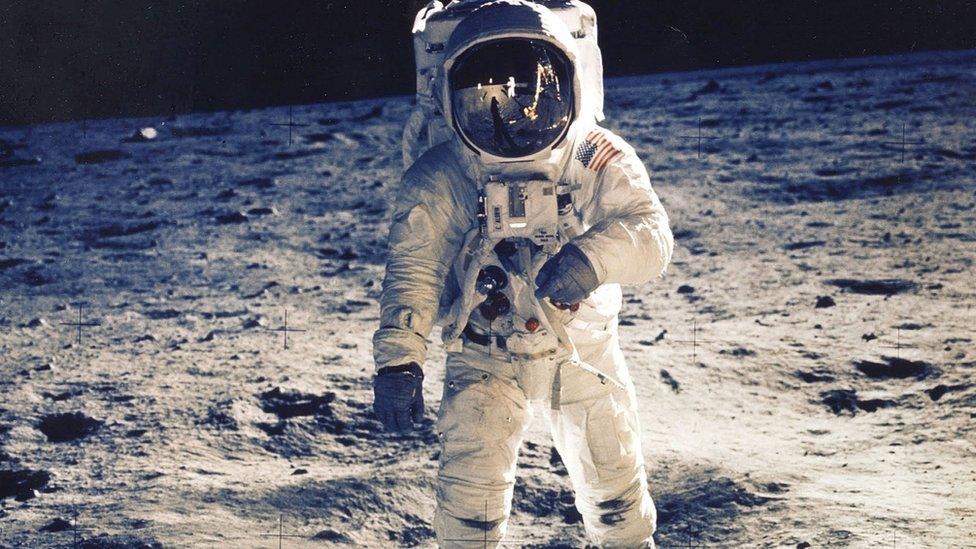
This famous picture shows Buzz Aldrin from Nasa's first mission to the moon. Can you spot the reflection in Buzz's helmet of fellow astronaut Neil Armstrong who took the picture?
Whilst several countries have completed missions to the moon, only the USA have successfully conducted crewed missions - landing 12 astronauts in total on the lunar surface.
The last time a person landed on the Moon was in 1972 during Nasa's Apollo 17 mission.
The first ever landing was a few years earlier on July 20 1969, when Neil Armstrong, one of the astronauts in Apollo 11, became the first human to walk on the surface of the Moon.
A camera was able to transmit the moment to around 650 million people who were watching on television.
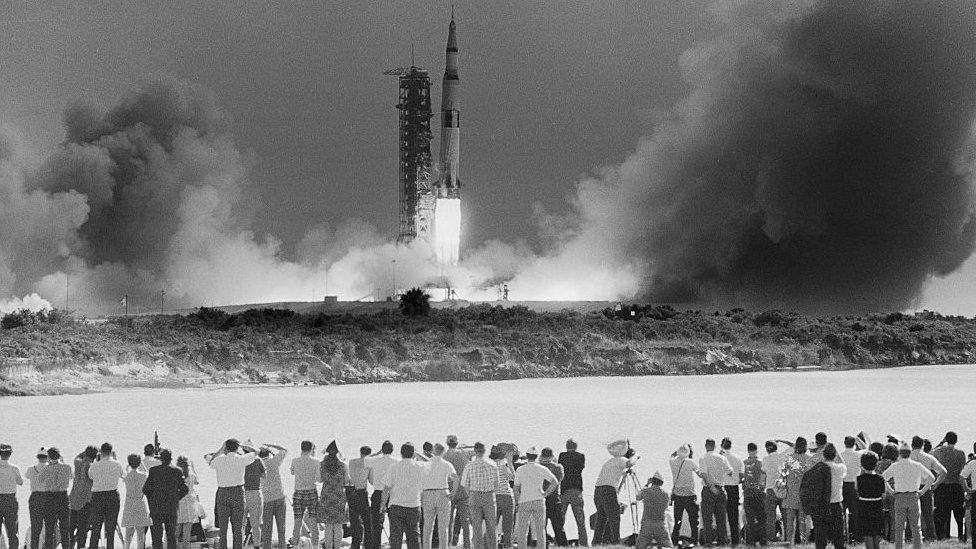
This picture shows people gathered to watch Saturn 5 - the rocket Nasa built to send people to the moon - launching from the Kennedy Space Center in Florida
As Neil Armstrong stepped on to the surface of the Moon, he spoke the famous words: "That's one small step for man, one giant leap for mankind."
The team spent 21 hours on its surface, including a seven-hour sleep, before returning to Earth.
It was one of the most important moments in human history and helped change our understanding of the solar system.
With the help of a successful Artemis mission, Nasa hopes to will learn and test the skills required for longer space journeys - such as those to Mars.
If all goes to plan, the Space Agency is looking at sending astronauts to the Red Planet as early as the 2030s.
- Published26 June 2020
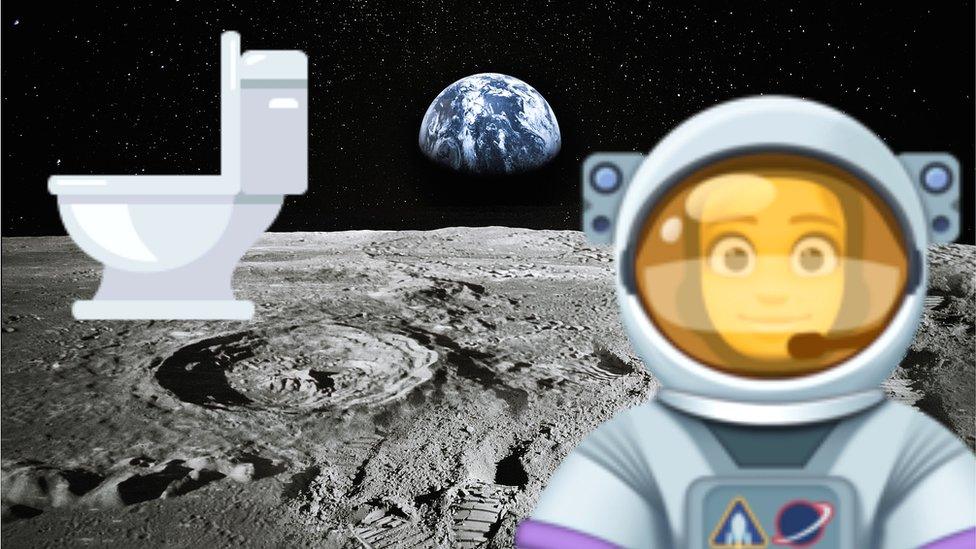
- Published20 July 2019
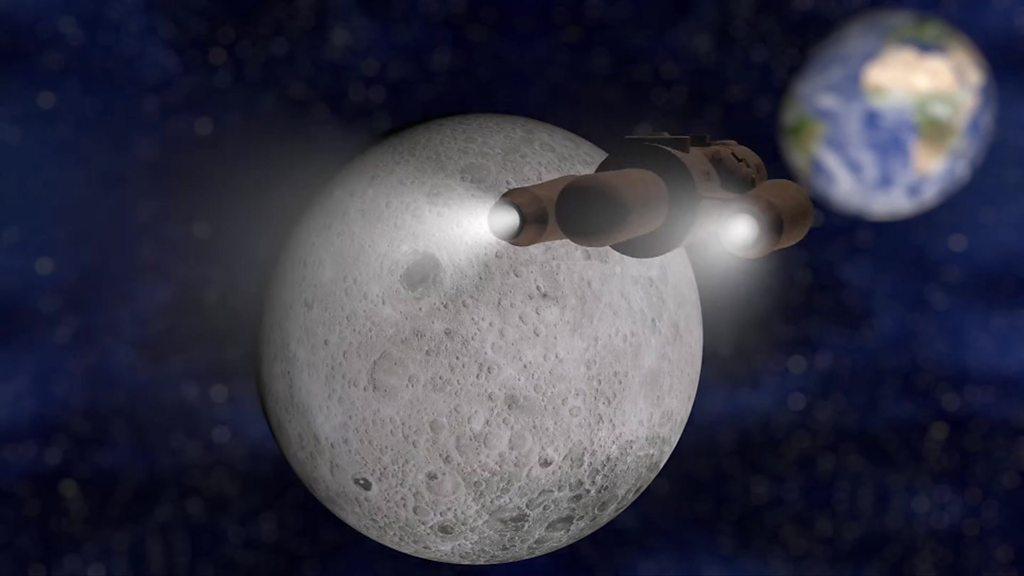
- Published14 September 2021
